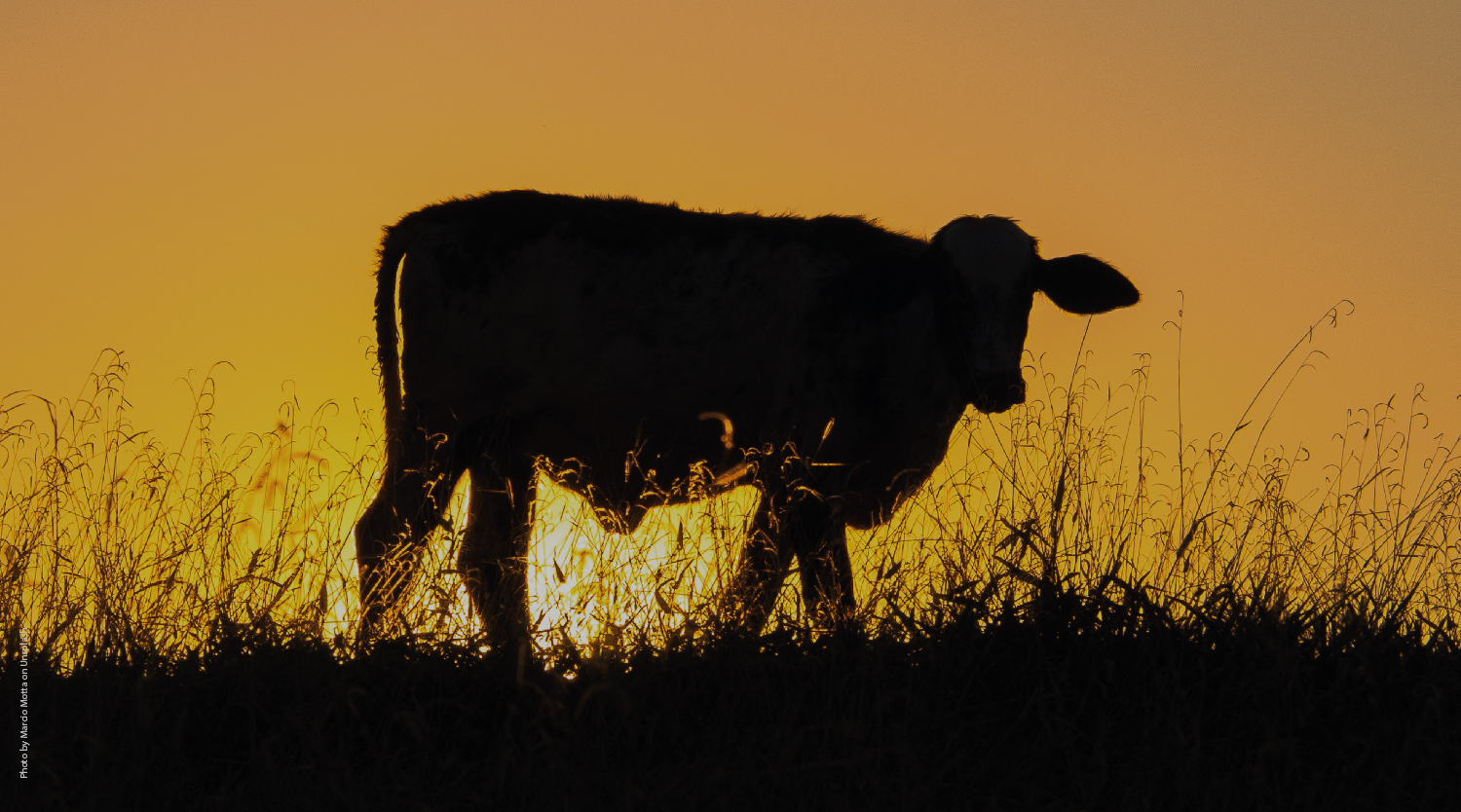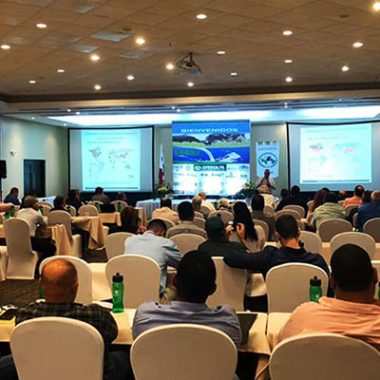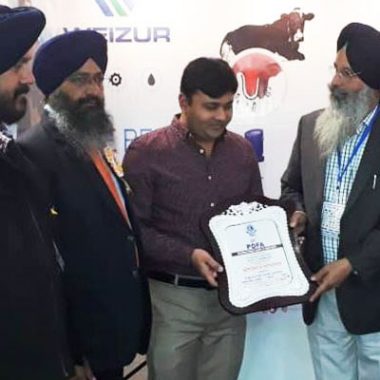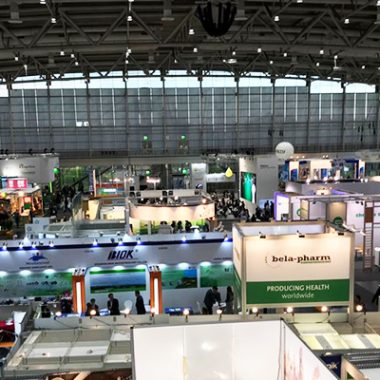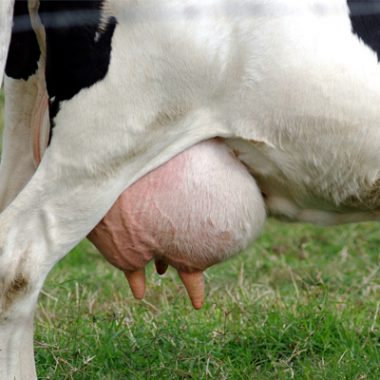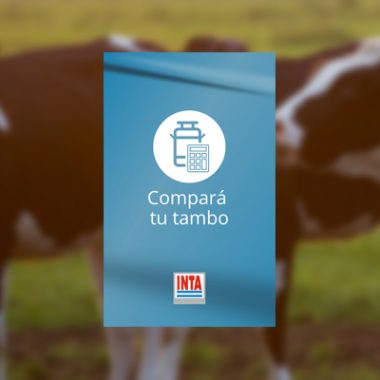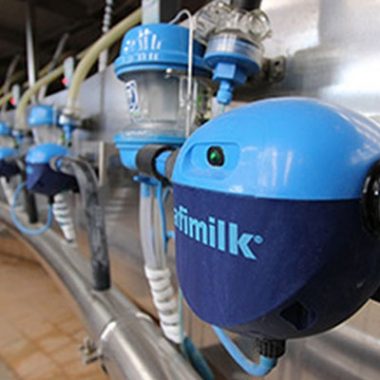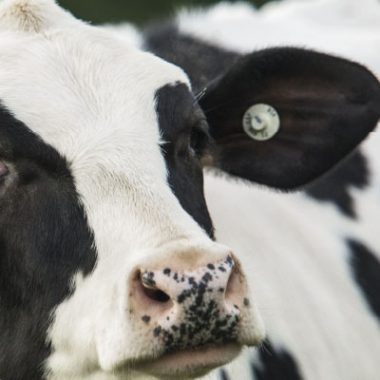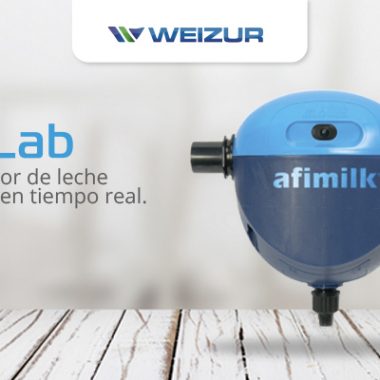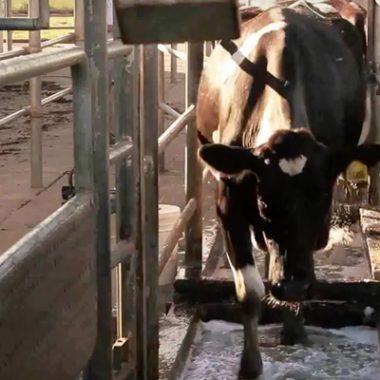What is heat stress, and how do we prevent it?
Heat stress occurs when the animal is unable to decrease body temperature, usually when ambient temperature and/or humidity are above comfort levels.Heat stress has a detrimental effect on the animal’s performance or health.
What are the consequences of heat stress in dairy cows?
1- Decreased dry matter intake. For example, dry matter intake at 35ºC is 15% lower than at 20ºC in cows.
2- Increased energy requirements for milk production. At 35ºC a dairy cow would need 10% more dry matter intake than at 20ºC to maintain similar milk production.
3- Decreased synthesis of thyroid hormones, which play an important role in milk production.
4- Decreased conception rate, from 40% to less than 10%.
5- Increased calving interval and culling due to infertility.
Dairy cattle have a “neutral temperature zone”, where comfort and milk production are optimal. This temperature zone goes from 4ºC to 20-25ºC. When temperature is above 25ºC, heat stress begins to affect animals. However, humidity plays a critical role as well. the temperature-humidity index (THI) combines these two elements, and is used as an indicator to determine heat stress. A THI above 72 affects welfare of dairy cattle. On average, heat stressed dairy cows decrease dry matter intake and milk production by 20%.
On average, heat stressed dairy cows decrease
dry matter intake and milk production by 20%.
Medidas de prevención
Con temperaturas elevadas una vaca de alta producción consume hasta 140 litros por día, es fundamental la disponibilidad de agua de buena calidad.
- Bovino adulto consume 8-10 % de su peso.
- Altas temperaturas aumentan los requerimientos de agua entre 30 y 60 %
- El 50 % del consumo de agua de una vaca ocurre durante las dos horas posteriores al ordeño.
La sombra es fundamental para asegurar el confort de las vacas y un consumo adecuado de alimento. Igualmente, la instalación de sistemas de ventilación o de aspersores de agua puede ser útil. A la sombra una vaca puede perder hasta el 50% del calor.
SOME STRATEGIES FOR PREVENTING HEAT STRESS IN DAIRY CATLE.
1- Adapt milking times cooler times during the day, especially if milking parlor facilities are not optimal of milking times are long.
2- Avoid long walks during times of the day with higher THI.
3- Manage grazing times during lower THI moments (evening/night).
4- Provide abundant, cool, drinkable water in strategic places that allow quick and easy access for cattle.
5- Provide natural or artificial shade in holding pens and lots.
6- Cool the holding pen area with a combination of shade, air movement and water, by sprinkling with enough water to soak cows to the skin and then running fans constantly. This increases evaporation of water which helps cool the cows..
La utilización de ventilación y aspersión previo a los ordeños permiten incrementar la producción de leche entre un 5% y en un 15% cuando el donde el ITH era mayor al umbral de confort 72. (Ghiano, 2012).
Med. Vet Roberto Vaca


